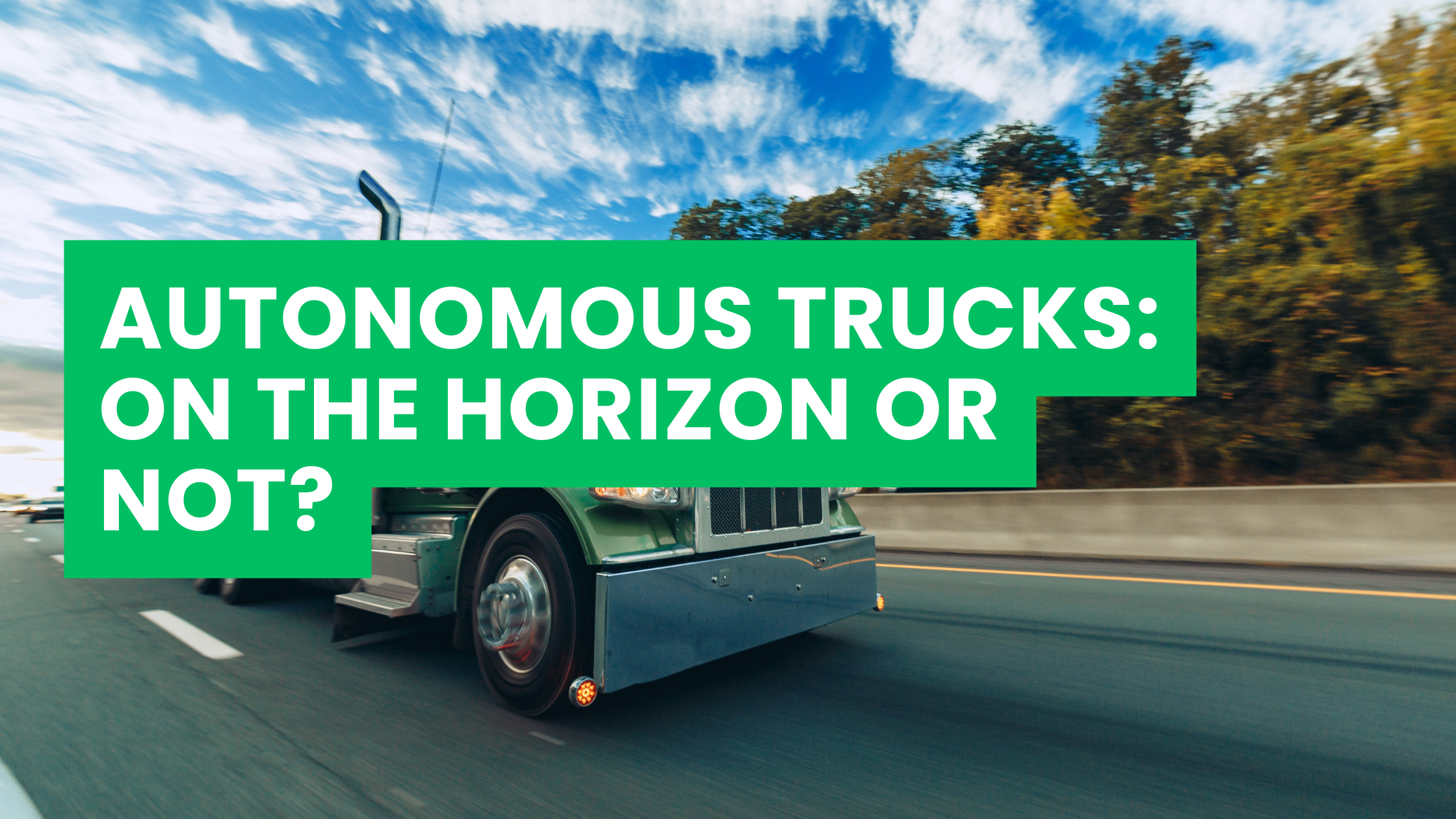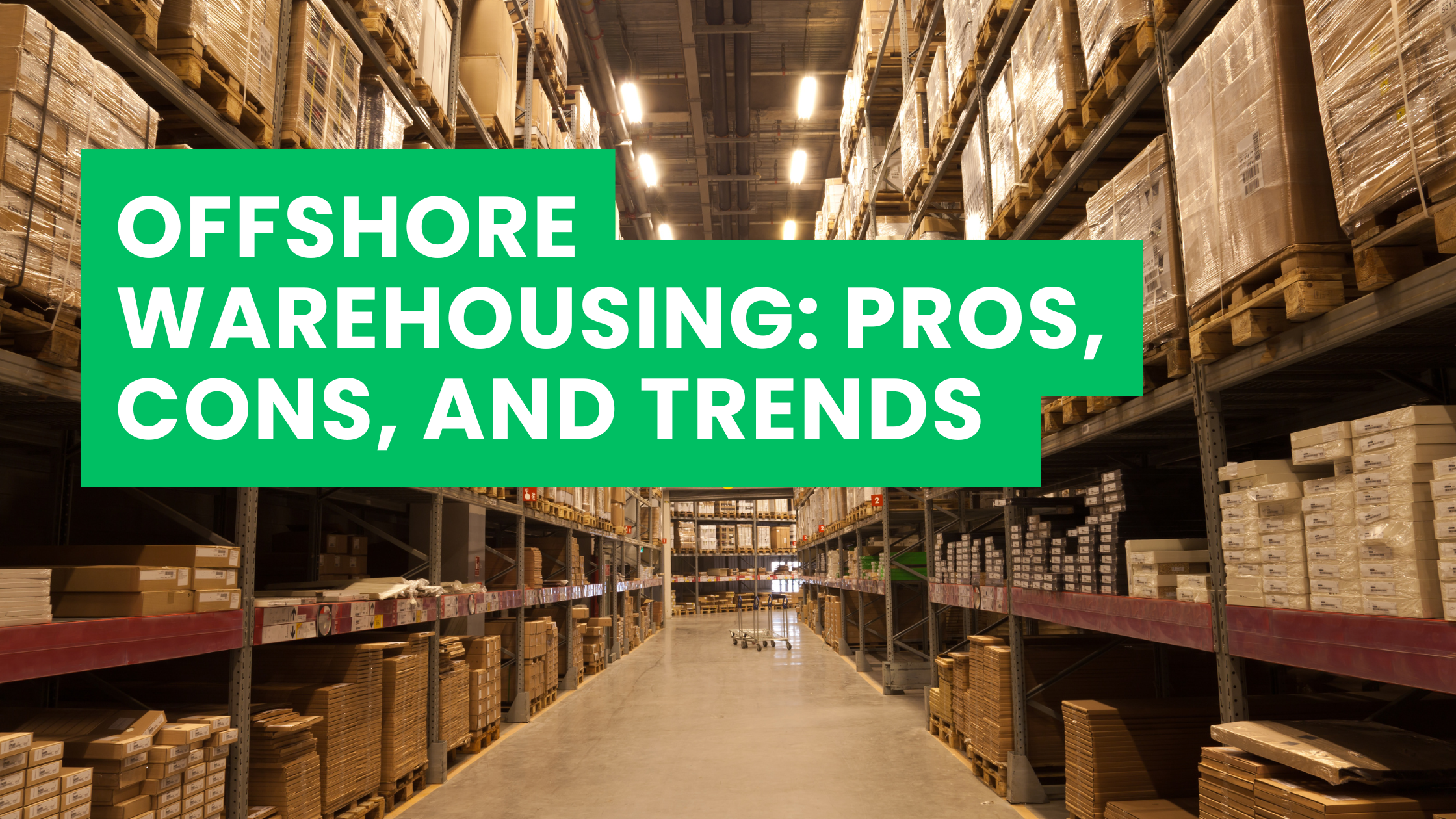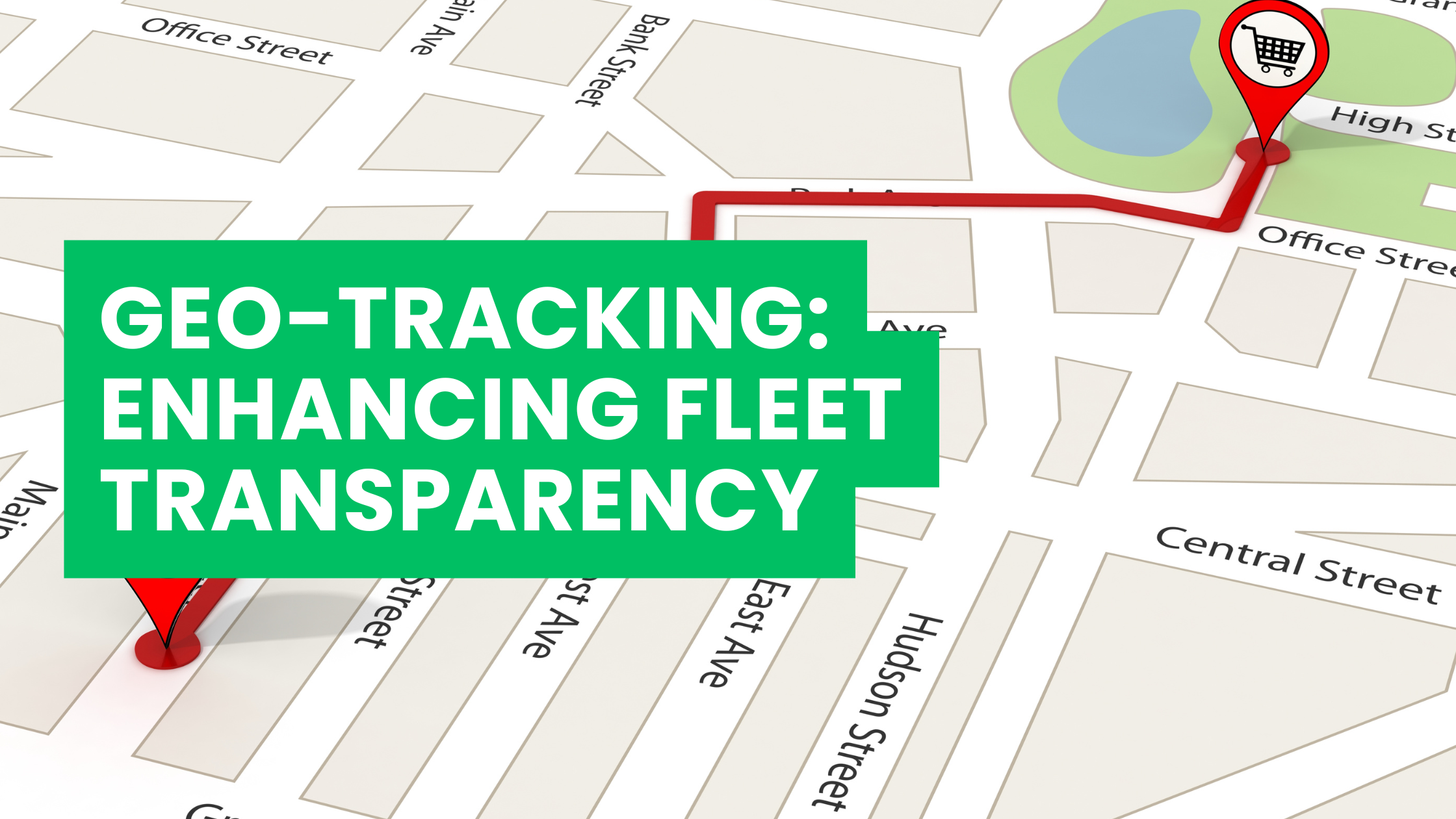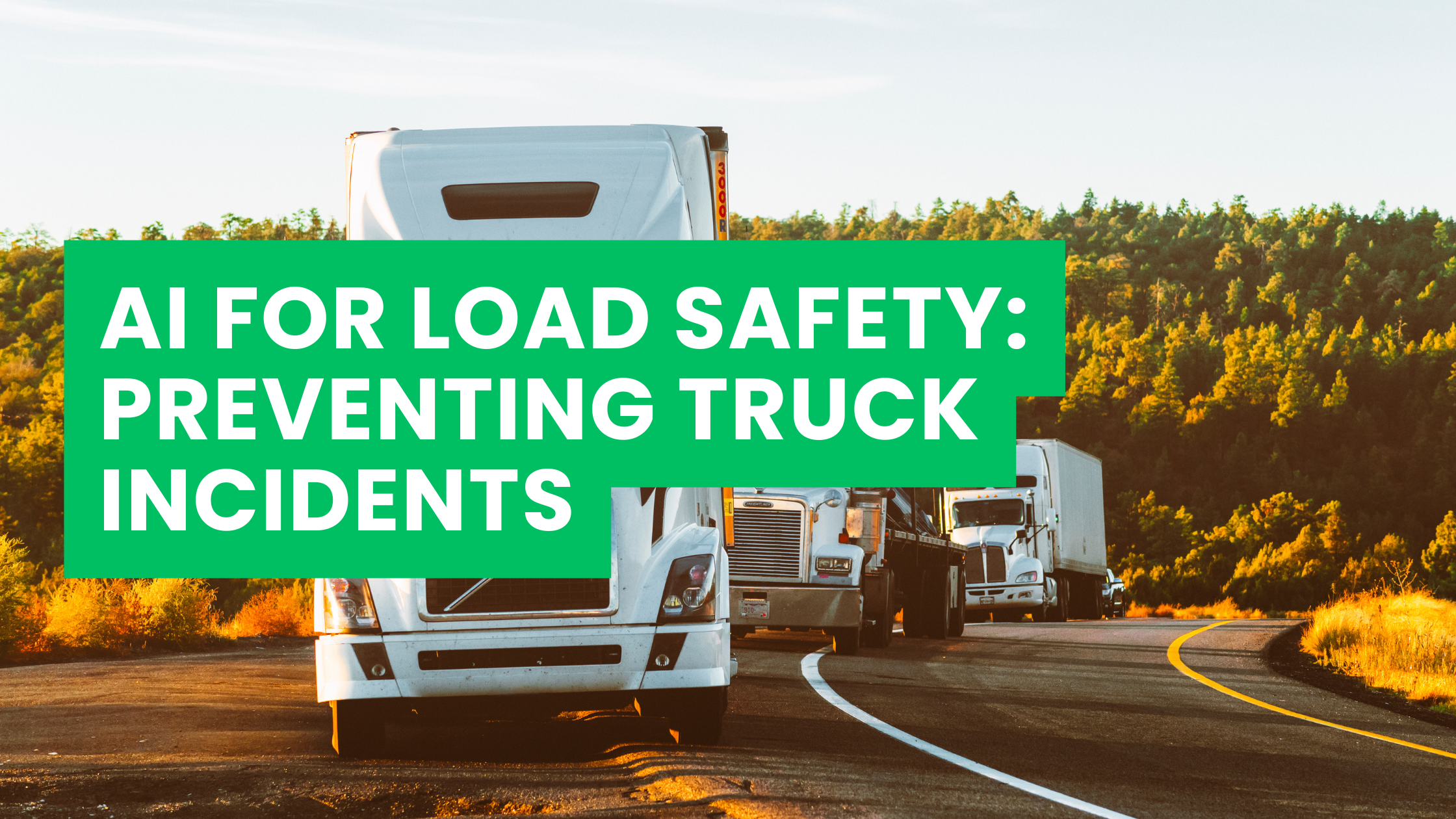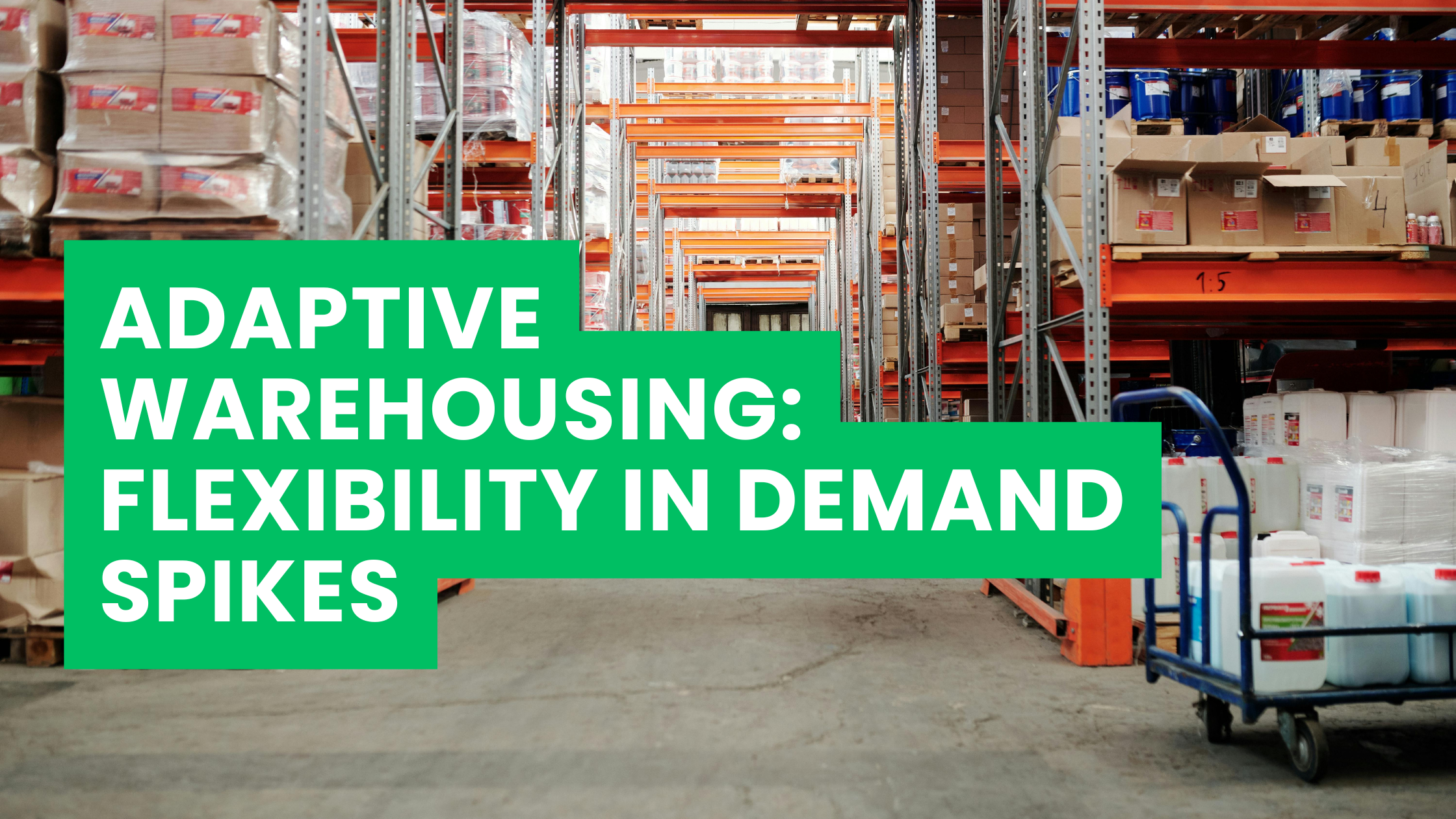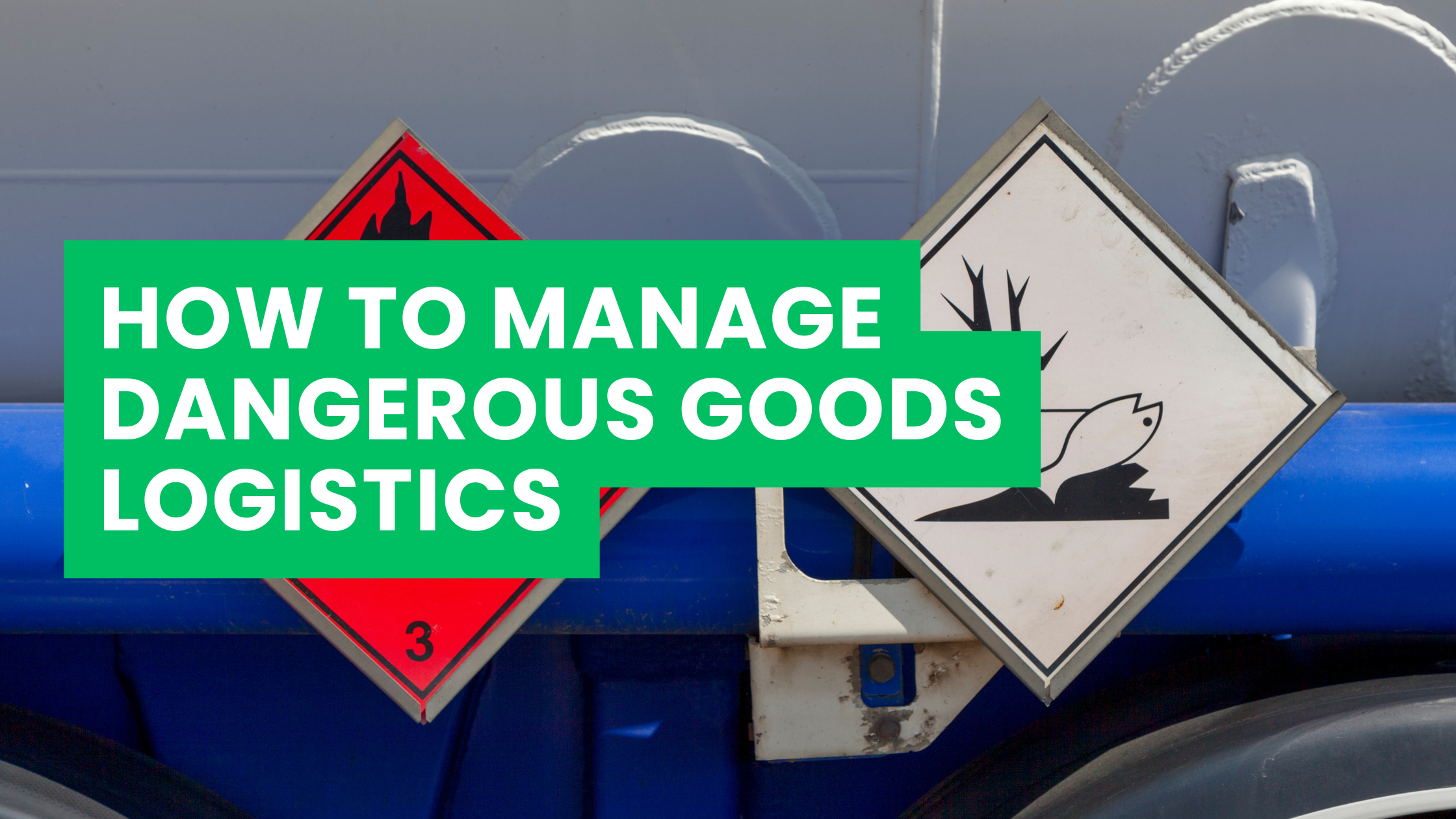Introduction
The logistics industry is in the midst of a technology-driven revolution. From AI-powered supply chain planning to predictive analytics for freight optimization, innovation is reshaping how goods move across the globe. Among these advancements, autonomous trucks stand out as one of the most disruptive and debated technologies. For years, analysts and tech companies have promised that self-driving trucks would soon dominate highways, cutting costs, reducing accidents, and solving driver shortages. But in 2025, a crucial question remains: Are autonomous trucks truly on the horizon, or are they still a distant dream?
For a global logistics player like ASL International, the answer isn’t just academic—it has real implications for investment strategies, partnerships, compliance, and the future of end-to-end delivery services. This blog takes a deep dive into where the technology stands, the barriers holding it back, and the potential opportunities it offers for global supply chains.
The Current State of Autonomous Truck Technology
Autonomous driving is typically classified into five levels by SAE International:
- Level 1–2: Driver assistance (adaptive cruise control, lane-keeping).
- Level 3: Conditional automation (the vehicle can handle some tasks, but requires driver takeover).
- Level 4: High automation (vehicle can drive itself in most conditions, human intervention rarely needed).
- Level 5: Full automation (no human driver required, anywhere, anytime).
Today, most “autonomous” trucks being tested are in Level 3–4, often operating on pre-mapped highways with safety drivers on board. Companies like Waymo, Aurora, TuSimple, and Plus have logged millions of test miles across the U.S. and China, while European OEMs such as Daimler and Volvo are running advanced pilot projects.
Despite progress, commercial deployment at scale remains limited. Most programs are still in trial phases, restricted to specific freight corridors, weather conditions, and controlled logistics environments.
Market Drivers for Autonomous Trucks
Several powerful forces are pushing the industry toward automation:
1. Driver Shortages
The trucking industry faces a chronic shortage of drivers, especially in markets like the U.S. and Europe. Aging workforces, long hours, and difficult working conditions have made recruitment and retention increasingly challenging. Autonomous trucks could bridge this gap.
2. Cost Pressures
Labor accounts for nearly 40% of long-haul trucking costs. By reducing dependency on human drivers, companies hope to cut expenses significantly and boost efficiency.
3. Safety Improvements
Human error is responsible for over 90% of road accidents. Autonomous trucks promise to reduce fatigue-related crashes, improve lane discipline, and enhance overall road safety.
4. E-commerce Growth
The surge in online retail and just-in-time delivery models requires scalable freight capacity. Automation offers a way to increase throughput without adding proportional human resources.
5. Sustainability Goals
Autonomous trucks, when paired with electric drivetrains or hydrogen fuel cells, can optimize fuel consumption, reduce emissions, and align with global sustainability targets.
Barriers to Widespread Adoption
For all the hype, autonomous trucks face substantial hurdles:
1. Regulatory Uncertainty
Laws governing self-driving vehicles differ widely by country and even by state. Without harmonized frameworks, scaling autonomous trucking across borders remains complex.
2. Technology Limitations
While AI and sensors have advanced, challenges remain in handling adverse weather, construction zones, and unpredictable human drivers. Achieving Level 5 autonomy is still years away.
3. Public Perception
Trust in self-driving technology is fragile. High-profile accidents involving autonomous cars have fueled skepticism, raising questions about safety readiness.
4. Infrastructure Gaps
Autonomous trucks need smart highways, 5G connectivity, and high-definition mapping. Many regions lack these foundational elements.
5. Economic Displacement
Millions of truck drivers worldwide could be displaced, triggering labor resistance, union pushback, and political debates.
Regional Developments: A Global Snapshot
United States
The U.S. is the global leader in autonomous trucking pilots. Tech companies and logistics firms are testing middle-mile operations between warehouses and ports, especially along Texas and Arizona highways where weather conditions are favorable.
Europe
Europe emphasizes platooning technology, where multiple trucks move in coordinated convoys to reduce drag and fuel consumption. Regulatory bodies are cautious but gradually approving limited tests.
China
China is aggressively pursuing self-driving trucks, driven by government support, smart infrastructure investment, and leading OEM partnerships.
Middle East
Countries like the UAE and Saudi Arabia, with ambitions to build smart cities and logistics hubs, are beginning to explore autonomous truck corridors, particularly for controlled environments such as free zones and ports.
Africa & Emerging Markets
Adoption is slower due to infrastructure and regulatory challenges. However, as global supply chains increasingly pass through Africa, pilot programs could follow.
Timeline Predictions: When Will We See Scale?
- Short Term (2025–2027): Limited deployment in hub-to-hub freight corridors with safety drivers still required.
- Medium Term (2027–2032): Wider adoption in developed markets; autonomous trucks handle long-haul routes, with humans focusing on last-mile delivery.
- Long Term (2032+): Potential for large-scale, driverless fleets integrated into global supply chains, provided regulations and infrastructure align.
In short: autonomous trucks are on the horizon—but not fully here yet.
Implications for Supply Chains
1. Hub-to-Hub Logistics Transformation
Autonomous trucks are best suited for long-haul, repetitive routes between major hubs. Logistics providers may redesign networks to take advantage of this capability.
2. Hybrid Workforce Models
Rather than eliminating drivers, the shift will likely reassign them. Humans may focus on last-mile delivery, fleet monitoring, and exception management, while machines handle the monotonous middle-mile hauls.
3. New Cost Structures
While upfront investment in autonomous fleets and infrastructure is high, long-term savings on labor, fuel optimization, and reduced downtime could reshape freight economics.
4. Data-Driven Operations
Autonomous trucks generate massive amounts of operational data. Logistics companies can leverage this for predictive maintenance, route optimization, and customer transparency.
Opportunities for ASL International
As a global logistics and supply chain leader, ASL International has unique opportunities to position itself at the forefront of this transition:
- Partnerships with Tech Firms: Collaborating with autonomous trucking startups and OEMs to pilot solutions on strategic trade lanes.
- Regulatory Expertise: Leveraging ASL’s compliance knowledge to help clients navigate complex import/export rules for autonomous technologies.
- Sustainability Initiatives: Pairing automation with alternative fuel strategies to deliver greener, more efficient freight.
- Client Education: Guiding multinational customers on realistic adoption timelines, risk mitigation, and hybrid fleet strategies.
- Infrastructure Investments: Exploring smart hub development in regions where ASL already has strong footprints (Middle East, Africa, Asia).
Risks That Cannot Be Ignored
- Cybersecurity: Autonomous trucks are essentially “computers on wheels.” Hacking risks could disrupt operations and compromise safety.
- Geopolitical Fragmentation: Different countries may set conflicting standards, making cross-border deployment difficult.
- Economic Transition: Large-scale adoption could lead to labor unrest, requiring thoughtful workforce reskilling initiatives.
- Insurance & Liability: Legal frameworks for accident responsibility are still evolving, raising uncertainties for operators and insurers.
Conclusion: On the Horizon, but Not Fully Arrived
So—are autonomous trucks truly on the horizon? The answer is yes, but cautiously so. The technology has made tremendous progress, and the industry is closer than ever to mainstream deployment. However, significant challenges—regulatory, technological, and societal—still stand in the way of full-scale adoption.
For ASL International, the key is to remain proactive: investing in knowledge, forming partnerships, and preparing for a hybrid future where human drivers and autonomous systems coexist. Those who adapt early will have a competitive advantage in shaping the supply chains of tomorrow.
Autonomous trucks may not yet dominate the highways, but they are undeniably on the roadmap—and for logistics leaders, the horizon is closer than it has ever been.
